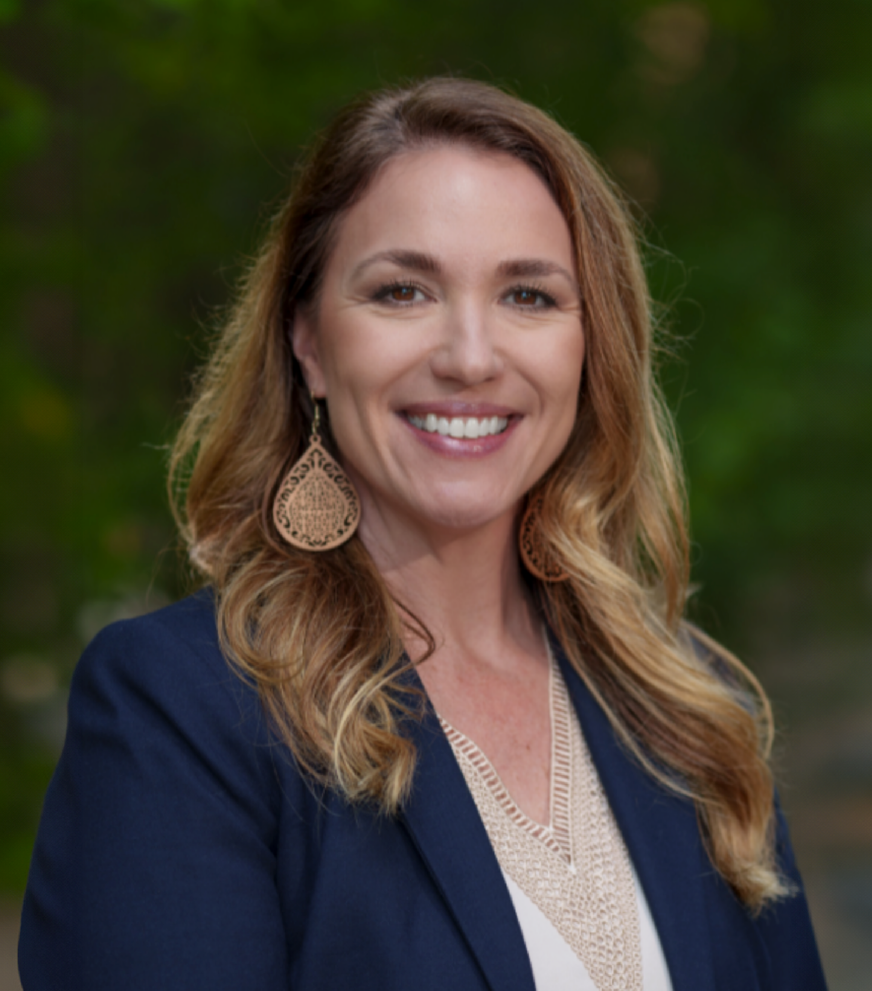
Part 2: A Deep Dive into Summative Classroom Assessment in a Remote or Hybrid Learning Environment
What’s the Same and What’s Different about Classroom Assessment in 2020-2021?
Those responsible for summative classroom assessment in 2020-2021 face a number of daunting challenges, not the least of which is that the definition of “classroom” is wide and varied.
In a recent post, we define the ways in which a classroom context varies in terms of three major dimensions: instructional, student, and environmental characteristics. As articulated in that post, formative assessment must be responsive to differences in these characteristics to provide instructionally-relevant information.
In this post, we adopt a similar viewpoint: summative classroom assessment practices must take into account the instructional context of students in order to support inferences about what students know and are able to do. In doing so, we acknowledge that the overall goal of summative assessments – to understand what students know and can do – remains the same between in-person, remote, and hybrid contexts, but the latter two contexts require us to carefully reconsider the instructional context in ways that are typically unnecessary for in-person instruction.
Considering Learning Targets, Instructional Context, and Supporting Assumptions
Adequately addressing summative classroom assessment starts with deeply considering what we want to know about what students know and can do. That is, we need to carefully consider our learning targets (or, similarly assessment targets, claims, or interpretations). To provide an example learning target, albeit a simplified one, we examined a high school science assessment task available as part of a Next Generation Science Standards (NGSS) Storylines Unit. The learning target we generated is that a student “can apply their understanding of natural selection and adaptation to explain a new phenomenon.”
The complement to considering learning targets is considering the instructional context in which the assessment is taking place. In doing so, we need to make explicit the assumptions that we are making about students and their experiences. These assumptions often do not need to be made explicit during in-person instruction, as they can be easily gleaned from classroom interactions. Some examples of these assumptions:
- Place in instruction. Have students arrived at a specified place in instruction? That is, have students had a sufficient opportunity to learn? For example, should students have arrived at the end of an instructional unit?
- Access to resources. Assumptions in this vein could take the form of access to assessment materials like handouts or even materials like science kits. Student access to information from the internet during the assessment (e.g., is the assessment meant to be “open book”, allowing students access to the internet; or closed?) should also be taken into account.
- Student Collaboration. In particular, are students meant to individually and independently complete the task? Or should students be supported by other students, teachers or other adults (including adults that are a part of their home life?). Can they work together to collaboratively complete the task?
Change the Context or Change the Task
If any of these kinds of assumptions are wrong, then our judgments about what students know and can do could be, and most likely will be, flawed. Therefore, we either need to change the instructional and assessment context, or modify both the task and the learning target. That is, we need to change the context or change the task.
For example, if we cannot assume students are taking an assessment in a “closed book” fashion, we could try to change the instructional and assessment context to ensure that students do take the test in a closed book fashion. Trying to replicate the conditions of a classroom test may prove difficult, particularly if, say, older students are learning asynchronously and are constantly drawing on the internet as a regular part of their learning. Such difficulties may be exacerbated if the assessment is made up of questions with a single right answer or solution (e.g., as is the case with multiple-choice and many constructed-response items).
If it is not possible to ensure that students are taking the test in a closed book fashion, we may have to change both our learning target and assessment. We might decide that it is necessary to modify the task substantially so that students cannot simply search for a correct answer. In the case of the high school science assessment mentioned above, we might shift the learning target from
- “a student can apply their understanding of natural selection and adaptation to explain a new phenomenon” to
- “a student can apply their understanding of natural selection and adaptation to identify and explain a new phenomenon that demonstrates population shifts explainable through natural selection”.
Doing so surely changes the task, likely resulting in shifts in task complexity that would also require changes to instruction. In carefully considering what the learning target and task might have to look like in a remote setting, we may discover improvements that will apply to in-person instruction as well. We must be creative and open to ensure that the judgements we make about what students know and can do are supported.
Conclusion
In these two posts, we attempted to clarify the distinctions between what is the same and what is different in formative assessment practices and summative classroom assessment for in-person and remote/hybrid learning environments. Our goal is to help educational leaders and teachers know what, whether, and how to shift instructional and assessment practices to improve student learning. Although there will have to be changes in how classroom summative assessment is conducted in 2020-2021, the overall goal of summative assessments – to understand what students know and can do – remains the same between in-person, remote, and hybrid contexts.


